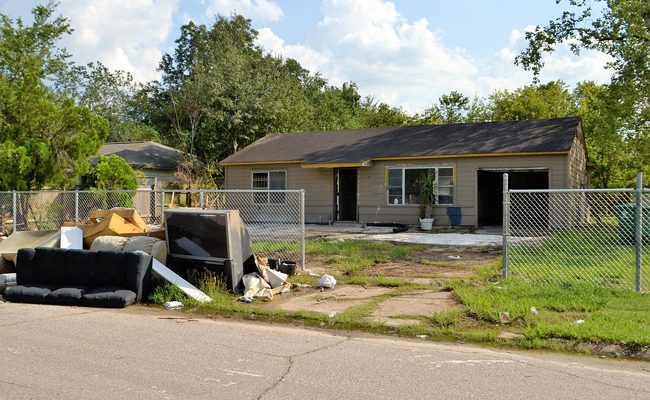
Historical buildings are architectural treasures that provide a glimpse into our shared heritage. However, these structures are often at risk of water damage due to their age and construction materials. In this article, we’ll explore the unique challenges of water damage restoration in historical buildings and the importance of preserving their historical significance with the assistance of water damage specialists in Wellington.
The Vulnerability of Historical Buildings
Historical buildings, whether centuries-old landmarks or structures from the recent past, have unique vulnerabilities when it comes to water damage:
Aging Infrastructure
Many historical buildings have outdated plumbing and roofing systems that are more susceptible to leaks and failures.
Porous Materials
Historical buildings often feature porous building materials like wood, stone, and plaster, which can quickly absorb water and sustain extensive damage.
Preservation Requirements
Restoration efforts must balance the need for modern updates with the preservation of historical authenticity, making water damage restoration a delicate and challenging task.
Challenges in Water Damage Restoration
Restoring water-damaged historical buildings presents several challenges:
Historical Accuracy
Preserving the building’s historical accuracy while addressing water damage is paramount. Any restoration work must align with the building’s original design and materials.
Specialized Techniques
Restoring historical buildings often requires specialized techniques and materials that are true to the building’s era. Skilled craftsmen and restoration experts are essential for maintaining authenticity.
Hidden Damage
Water damage can affect structural components and hidden areas within historical buildings. Thorough inspections are necessary to identify and address all damage.
Mold Remediation
Mold can thrive in the damp conditions created by water damage, posing health risks and further damaging historical materials. Mold remediation must be handled with care and expertise.
Preserving the Past: Water Damage Restoration Best Practices
To preserve historical buildings and their significance, water damage restoration efforts should follow these best practices:
Thorough Assessment
Begin with a comprehensive assessment of the building’s condition, including structural and aesthetic components. Identify the extent of water damage and create a detailed restoration plan.
Specialized Expertise
Engage restoration experts and craftsmen with experience in historical preservation. Their knowledge of period-appropriate materials and techniques is crucial.
Preservation Guidelines
Adhere to preservation guidelines and regulations set by historical societies and governing bodies. These guidelines ensure that restoration efforts maintain the building’s historical integrity.
Mold Management
Implement mold management and remediation strategies to protect both the building and the health of its occupants.
Preventive Measures
Consider preventive measures, such as improved drainage systems, modern waterproofing, and regular maintenance, to minimize the risk of future water damage.
Conclusion
In conclusion, water damage restoration in historical buildings is a delicate and complex process that requires a balance between preserving the past and addressing the challenges of aging infrastructure. By adhering to preservation guidelines, engaging experts in historical restoration, and employing specialized techniques, we can ensure that these architectural treasures continue to stand as living testaments to our shared history and heritage. For assistance with water damage restoration, consider reaching out to experienced Water Damage Contractors.
Leave a Reply